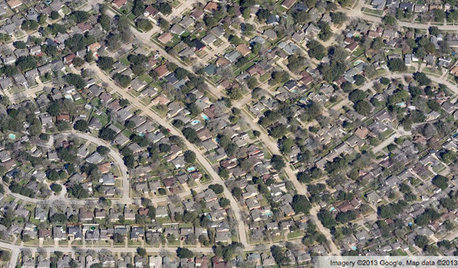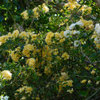Weird growth on MAC
ealoudermilk
15 years ago
Related Stories

COMMUNITYGet a Bird's-Eye View of America's Housing Patterns
See the big picture of how suburban developments are changing the country's landscape, with aerial photos and ideas for the future
Full Story
HOUZZ TOURSMy Houzz: Modern Urban Oasis in Austin
Rebuilt family home features indoor-outdoor living, a master bedroom 'treehouse' and playful touches
Full Story
REDTrend Alert: Oxblood Red Enriches Autumn Style
Straight from the pages of fall fashion magazines, this deep red hue has arrived to warm up home decor and exteriors
Full Story
HOUZZ TOURSMy Houzz: Passionate Repurposing in a Heritage Home
Reclaimed and distressed furniture mingles with art, memorabilia and vintage finds in a couple's 100-year-old Canadian townhouse
Full Story
TRANSITIONAL HOMESHouzz Tour: A Family Home for Empty Nesters
After their last child moved out, this couple upsized to accommodate grandchildren and the rest of their extended clan
Full Story
ARCHITECTURE‘Wolf Hall’ Style: The Secrets of Tudor Architecture
As American audiences watch a new TV series about the politics of Henry VIII, we explore the elements of his era’s distinctive style
Full Story
ARCHITECTUREWhat’s Fueling Austin’s Edgy Modern Architecture?
A look at the blossoming design scene in Texas’ capital city — and what’s behind all the experimentation
Full Story
ARCHITECTURE10 Advantages of the Humble Ranch House
Boomer-friendly and not so big, the common ranch adapts to modern tastes for open plans, outdoor living and midcentury mojo
Full Story
HOUZZ TOURS13 Character-Filled Homes Between 1,000 and 1,500 Square Feet
See how homeowners have channeled their creativity into homes that are bright, inviting and one of a kind
Full Story
CONTRACTOR TIPSBuilding Permits: What to Know About Green Building and Energy Codes
In Part 4 of our series examining the residential permit process, we review typical green building and energy code requirements
Full Story






greybird
melva
Related Discussions
Weird growth pattern
Q
weird growth. Midge, RRD, or what?
Q
Weird Aloe growth and need succulent ID
Q
Weird growth on succulent
Q
carolfm
michaelg
diane_nj 6b/7a
ealoudermilkOriginal Author
michaelg
carolfm
ealoudermilkOriginal Author
ealoudermilkOriginal Author
odyssey3
michaelg
odyssey3
greybird
olga_6b
anntn6b
anntn6b
lemecdutex
ealoudermilkOriginal Author
york_rose